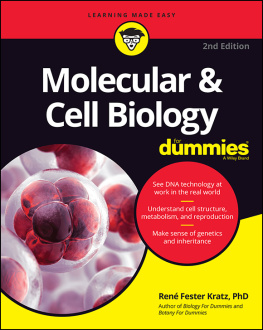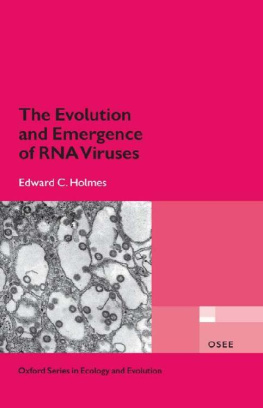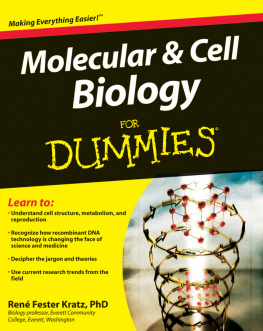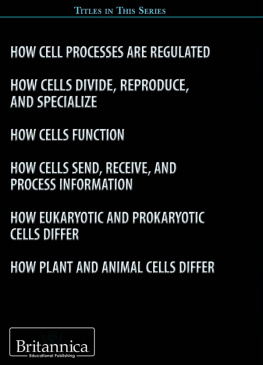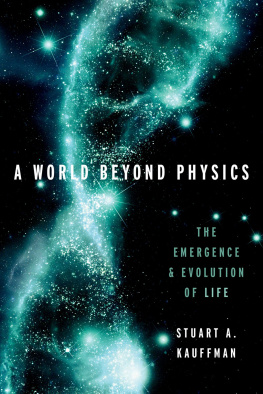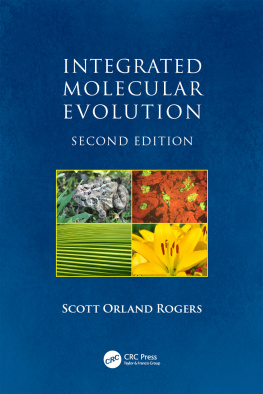Jan Spitzer - How Molecular Forces and Rotating Planets Create Life: The Emergence and Evolution of Prokaryotic Cells
Here you can read online Jan Spitzer - How Molecular Forces and Rotating Planets Create Life: The Emergence and Evolution of Prokaryotic Cells full text of the book (entire story) in english for free. Download pdf and epub, get meaning, cover and reviews about this ebook. year: 2021, publisher: MIT Press, genre: Romance novel. Description of the work, (preface) as well as reviews are available. Best literature library LitArk.com created for fans of good reading and offers a wide selection of genres:
Romance novel
Science fiction
Adventure
Detective
Science
History
Home and family
Prose
Art
Politics
Computer
Non-fiction
Religion
Business
Children
Humor
Choose a favorite category and find really read worthwhile books. Enjoy immersion in the world of imagination, feel the emotions of the characters or learn something new for yourself, make an fascinating discovery.

- Book:How Molecular Forces and Rotating Planets Create Life: The Emergence and Evolution of Prokaryotic Cells
- Author:
- Publisher:MIT Press
- Genre:
- Year:2021
- Rating:3 / 5
- Favourites:Add to favourites
- Your mark:
- 60
- 1
- 2
- 3
- 4
- 5
How Molecular Forces and Rotating Planets Create Life: The Emergence and Evolution of Prokaryotic Cells: summary, description and annotation
We offer to read an annotation, description, summary or preface (depends on what the author of the book "How Molecular Forces and Rotating Planets Create Life: The Emergence and Evolution of Prokaryotic Cells" wrote himself). If you haven't found the necessary information about the book — write in the comments, we will try to find it.
Jan Spitzer: author's other books
Who wrote How Molecular Forces and Rotating Planets Create Life: The Emergence and Evolution of Prokaryotic Cells? Find out the surname, the name of the author of the book and a list of all author's works by series.
How Molecular Forces and Rotating Planets Create Life: The Emergence and Evolution of Prokaryotic Cells — read online for free the complete book (whole text) full work
Below is the text of the book, divided by pages. System saving the place of the last page read, allows you to conveniently read the book "How Molecular Forces and Rotating Planets Create Life: The Emergence and Evolution of Prokaryotic Cells" online for free, without having to search again every time where you left off. Put a bookmark, and you can go to the page where you finished reading at any time.
Font size:
Interval:
Bookmark:
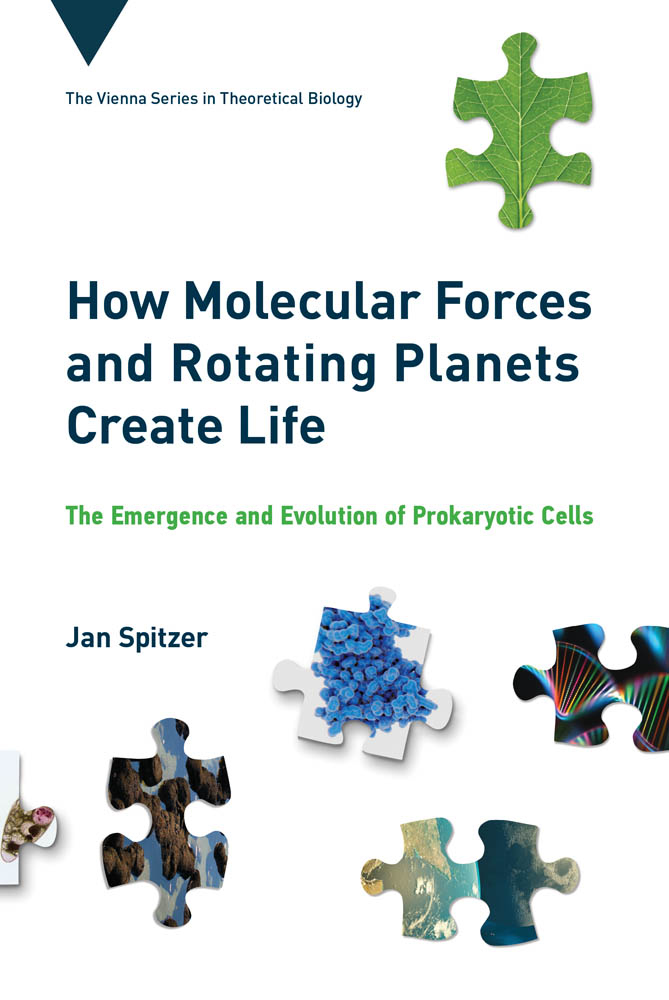
Vienna Series in Theoretical Biology
Gerd B. Mller, editor-in-chief
Thomas Pradeu and Katrin Schfer, associate editors
The Evolution of Cognition, edited by Cecilia Heyes and Ludwig Huber, 2000
Origination of Organismal Form, edited by Gerd B. Mller and Stuart A. Newman, 2003
Environment, Development, and Evolution, edited by Brian K. Hall, Roy D. Pearson, and Gerd B. Mller, 2004
Evolution of Communication Systems, edited by D. Kimbrough Oller and Ulrike Griebel, 2004
Modularity: Understanding the Development and Evolution of Natural Complex Systems, edited by Werner Callebaut and Diego Rasskin-Gutman, 2005
Compositional Evolution: The Impact of Sex, Symbiosis, and Modularity on the Gradualist Framework of Evolution, by Richard A. Watson, 2006
Biological Emergences: Evolution by Natural Experiment, by Robert G. B. Reid, 2007
Modeling Biology: Structure, Behaviors, Evolution, edited by Manfred D. Laubichler and Gerd B. Mller, 2007
Evolution of Communicative Flexibility, edited by Kimbrough D. Oller and Ulrike Griebel, 2008
Functions in Biological and Artificial Worlds, edited by Ulrich Krohs and Peter Kroes, 2009
Cognitive Biology, edited by Luca Tommasi, Mary A. Peterson, and Lynn Nadel, 2009
Innovation in Cultural Systems, edited by Michael J. OBrien and Stephen J. Shennan, 2010
The Major Transitions in Evolution Revisited, edited by Brett Calcott and Kim Sterelny, 2011
Transformations of Lamarckism, edited by Snait B. Gissis and Eva Jablonka, 2011
Convergent Evolution: Limited Forms Most Beautiful, by George McGhee, 2011
From Groups to Individuals, edited by Frdric Bouchard and Philippe Huneman, 2013
Developing Scaffolds in Evolution, Culture, and Cognition, edited by Linnda R. Caporael, James Griesemer, and William C. Wimsatt, 2014
Multicellularity: Origins and Evolution, edited by Karl J. Niklas and Stuart A. Newman, 2015
Vivarium: Experimental, Quantitative, and Theoretical Biology at Viennas Biologische Versuchsanstalt, edited by Gerd B. Mller, 2017
Landscapes of Collectivity in the Life Sciences, edited by Snait B. Gissis, Ehud Lamm, and Ayelet Shavit, 2017
Rethinking Human Evolution, edited by Jeffrey H. Schwartz, 2017
Convergent Evolution in Stone-Tool Technology, edited by Michael J. OBrien, Briggs Buchanan, and Metin I. Erin, 2018
Evolutionary Causation: Biological and Philosophical Reflections, edited by Tobias Uller and Kevin N. LaLand, 2019
Convergent Evolution on Earth: Lessons for the Search for Extraterrestrial Life, by George McGhee, 2019
Contingency and Convergence: Toward a Cosmic Biology of Body and Mind, by Russell Powell, 2020
How Molecular Forces and Rotating Planets Create Life
Jan Spitzer
The MIT Press
Cambridge, Massachusetts
London, England
2021 Massachusetts Institute of Technology
All rights reserved. No part of this book may be reproduced in any form by any electronic or mechanical means (including photocopying, recording, or information storage and retrieval) without permission in writing from the publisher.
Library of Congress Cataloging-in-Publication Data
Names: Spitzer, Jan, author.
Title: How molecular forces and rotating planets create life : the emergence and evolution of prokaryotic cells / Jan Spitzer.
Other titles: Vienna series in theoretical biology.
Description: Cambridge, Massachusetts : The MIT Press, [2021] | Series: Vienna series in theoretical biology | Includes bibliographical references and index.
Identifiers: LCCN 2020015010 | ISBN 9780262045575 (hardcover)
Subjects: MESH: Bacteria--growth & development | Prokaryotic Cells--physiology | Bacteria--chemistry | Morphogenesis | Biological Evolution | Origin of Life
Classification: LCC QR74.8 | NLM QW 52 | DDC 579.3--dc23
LC record available at https://lccn.loc.gov/2020015010
d_r0
To Anna and Leo
By the riddle of life not everybody will understand the same thing. We all, however, desire to know how life originates and what death is, since our ethics must be influenced to a large extent through the answer to this question.
Jacques Loeb, The Mechanistic Conception of Life
- Life explained through chemistry and physics. Throughout history there has been a continuous raising of questions about the perceived matter around us, which can be viewed as physical, chemical, and biological (top right). The answers date to the first creation stories of humankind. Since the 1500s the natural sciences (bottom left) began to furnish less subjective answers in ever greater detail and mathematical abstraction: establishing solid facts and data and their understanding through laws, models, and theories. Chemistry is the central science, helping biology understand cellular organisms, while chemistry itself depends on physics and mathematics, especially the mathematics of calculus. Mathematical physics thus provides a more fundamental framework of general laws and theories not directly dependent on particular molecular details. The curved arrows represent the continuing splitting and deeper understanding of the borders between the main sciences; the totality of scientific knowledge between the questions and scientific answers adds up to the Big Picture (Carroll 2017).
- Physicochemical milestones for understanding biogenesis. All phenomena in evolutionary time are ruled by the second law of thermodynamics, formulated by Carnot to explain what limits the maximum work obtainable from heat (steam). The second law rejects the idea that cellular life might have self-assembled spontaneously from randomly moving molecules, the colloidal effects of which were first observed by Robert Brown in 1827 (Brownian motion). The work of many scientists furnished the physicochemical basis for solving the question of biogenesis. This question arose through Darwin and Pasteurs publications around 1860. It then took about 100 years to explain heredity, decipher the genetic code, and establish the central dogma of molecular biology. In the 1960s the RNA World hypothesis was put forward, but it has remained questionable and is being challenged (Bernhardt 2012; Caetano-Anolls and Seufferheld 2013; Bowman et al. 2015; Petrov et al. 2015). Crucially, the RNA World hypothesis neglects the consequences of the second law: the impossibility of the spontaneous generation of electrochemical gradients, which are the essence of being alive, a precondition for Darwinian (hereditary) life.
- Scope of the origins problem and basic assumptions. The jigsaw puzzle of the emergence of the first prokaryotic-like organisms is framed conceptually between two well-established facts of science: the second law of thermodynamics and Darwinian evolution (right-hand side). First life originated between about 4.5 and 3.5 billion years ago (the middle). The nature of the cosmos (steady-state, expanding, or cycling) and the formation of the solar system are not considered (left-hand side), nor is Darwinian evolution after the appearance of the first single-cell organisms. Two historical circumstances point to the idea that cyclic planetary processes may have created the first Archaean single-cell organisms through chemical evolutionary processes: (i) Hadean chemical complexity was increasing through chemical reactions (in the atmosphere, hydrosphere, and lithosphere) and by the infall of cosmic matter (interplanetary dust particles, asteroids, and comets), while the Earth was cooling and (ii) Hadean chemical complexity was cyclically kept out of equilibrium by diurnal solar irradiation and by the hydration-dehydration cycles of tidal seawater. These historical circumstances lead to a reasonable assumption that the cell cycles of first life evolved from continuous cyclic phase separations of colloidal proto-(bio)films in tidal geo-sediments. Cyclic phase separations imply the existence of self-purification mechanisms toward lifes building blocks and their proto-biomacromolecules in confining and crowded compartments.
Font size:
Interval:
Bookmark:
Similar books «How Molecular Forces and Rotating Planets Create Life: The Emergence and Evolution of Prokaryotic Cells»
Look at similar books to How Molecular Forces and Rotating Planets Create Life: The Emergence and Evolution of Prokaryotic Cells. We have selected literature similar in name and meaning in the hope of providing readers with more options to find new, interesting, not yet read works.
Discussion, reviews of the book How Molecular Forces and Rotating Planets Create Life: The Emergence and Evolution of Prokaryotic Cells and just readers' own opinions. Leave your comments, write what you think about the work, its meaning or the main characters. Specify what exactly you liked and what you didn't like, and why you think so.

